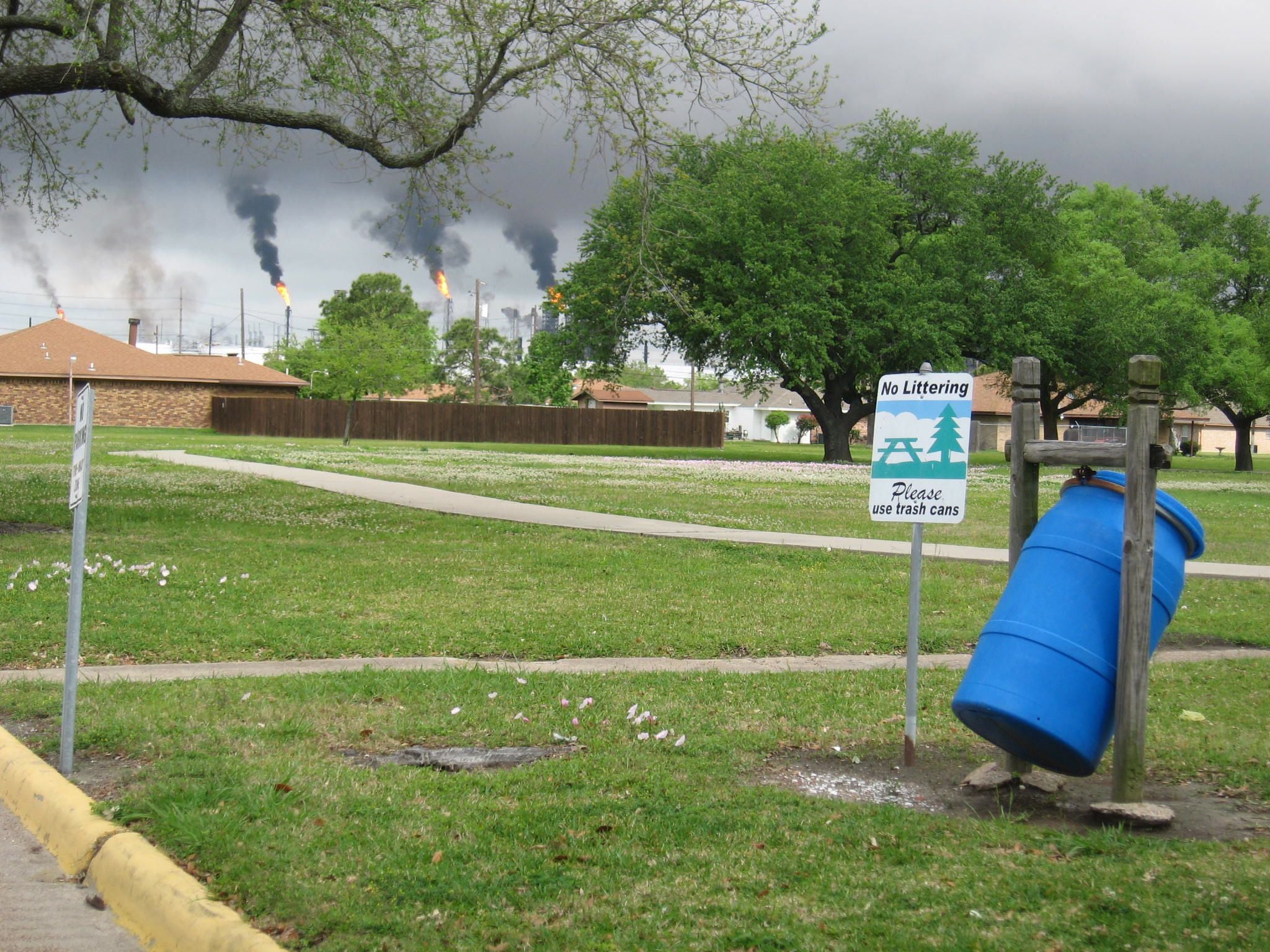Communities Urge EPA To Embolden Proposed Emission Rule For Chemical Facilities
EPA held hearing to hear from communities living near chemical facilities linked to cancer
Contact
Groups from across the country gathered here Tuesday, Jan. 14, for a public hearing on a proposed national emission rule for chemical facilities linked to cancer, and urged the Environmental Protection Agency (EPA) to establish the strongest possible limits to protect public health. This is the first of at least two hearings on chemical plants that manage miscellaneous organic chemicals used in the production of products like solvents, plastics and pesticides, and in the process emit potent carcinogens like ethylene oxide, 1,3-butadiene, formaldehyde, and other pollutants.
The proposed Miscellaneous Organic Chemical Manufacturing, or MON rule, would update the regulations for about 200 chemical facilities across the country that emit over 2,500 tons a year of hazardous air pollutants, including nearly 20,000 pounds of ethylene oxide, an aggressive carcinogen. Texas has 39 of these chemical facilities, the most in the country, and many of them are in the Houston Ship Channel. Exposure to toxic chemicals emitted by these facilities can cause not just cancer, but also asthma, heart attacks, low birth weight, and even premature death.
“EPA must require fenceline monitoring and additional emission reduction to both reflect technological developments and ensure that no uncontrolled pollution goes unaccounted for,” testified Michelle Mabson, Earthjustice staff scientist. “We are calling on EPA to continue to apply the final 2016 IRIS-derived ethylene oxide cancer risk estimate in this rulemaking and future rulemakings. It is the best available science and EPA has no lawful or scientific basis to ignore it.”
T.e.j.a.s., a Houston environmental justice organization, was at the hearing and asked EPA to commit to protecting the well-being of people in the community. “We cannot applaud EPA for doing the bare minimum, because the agency is not even doing what it knows is needed to protect people’s health, based on the best available science,” said Juan Parras, t.e.j.a.s executive director, at the hearing. “EPA also cannot avoid ensuring that facilities use up-to-date pollution controls, and practices, including real-time fenceline monitoring, to protect public health. People in Texas deserve the strongest protection available for our health.”
For decades, EPA has known of the pollution from miscellaneous organic chemical manufacturing plants, and extreme health harms associated with them. According to federal law, EPA was supposed to review the national MON standards eight years after it first established them, but the agency failed to meet its legal obligation by the Clean Air Act deadline. Communities affected by these emissions, represented by Earthjustice, sued the EPA and now the agency is under a court-ordered deadline to finish the rule by March 13, 2020.
“Children’s adolescent growth period is highly affected by the mutagenic capacity of (ethylene oxide), and we must strengthen the safety measures,” said Celeste Flores, of the Illinois group Faith in Place, during the hearing. “Take this opportunity to protect human health and the environment. You must prioritize the most vulnerable communities.”
One of the key issues in this rulemaking is whether EPA can attempt to ignore its own scientists’ health risk determination for the dangerous carcinogen ethylene oxide, which the Illinois House of Representatives voted to phase out late last year given how toxic it is. Yet in the proposed rule, EPA is pointing to a draft assessment by the Texas Commission on Environmental Quality, which is not based on the best available science, and which underestimates cancer risk by three orders magnitude. T.e.j.a.s., and other Texas groups submitted comments opposing TCEQ’s proposed cancer risk factor in September 2019, explaining why that factor is not a scientifically justifiable tool to use in any regulatory or permitting context.
Another hearing for this national rule is set for January 16 in Washington, D.C. But communities in Louisiana have called for EPA to schedule a public hearing there too, as Louisiana is the state with the next largest number of MON facilities, some of which emit ethylene oxide.

Additional Resources
About Earthjustice
Earthjustice is the premier nonprofit environmental law organization. We wield the power of law and the strength of partnership to protect people's health, to preserve magnificent places and wildlife, to advance clean energy, and to combat climate change. We are here because the earth needs a good lawyer.